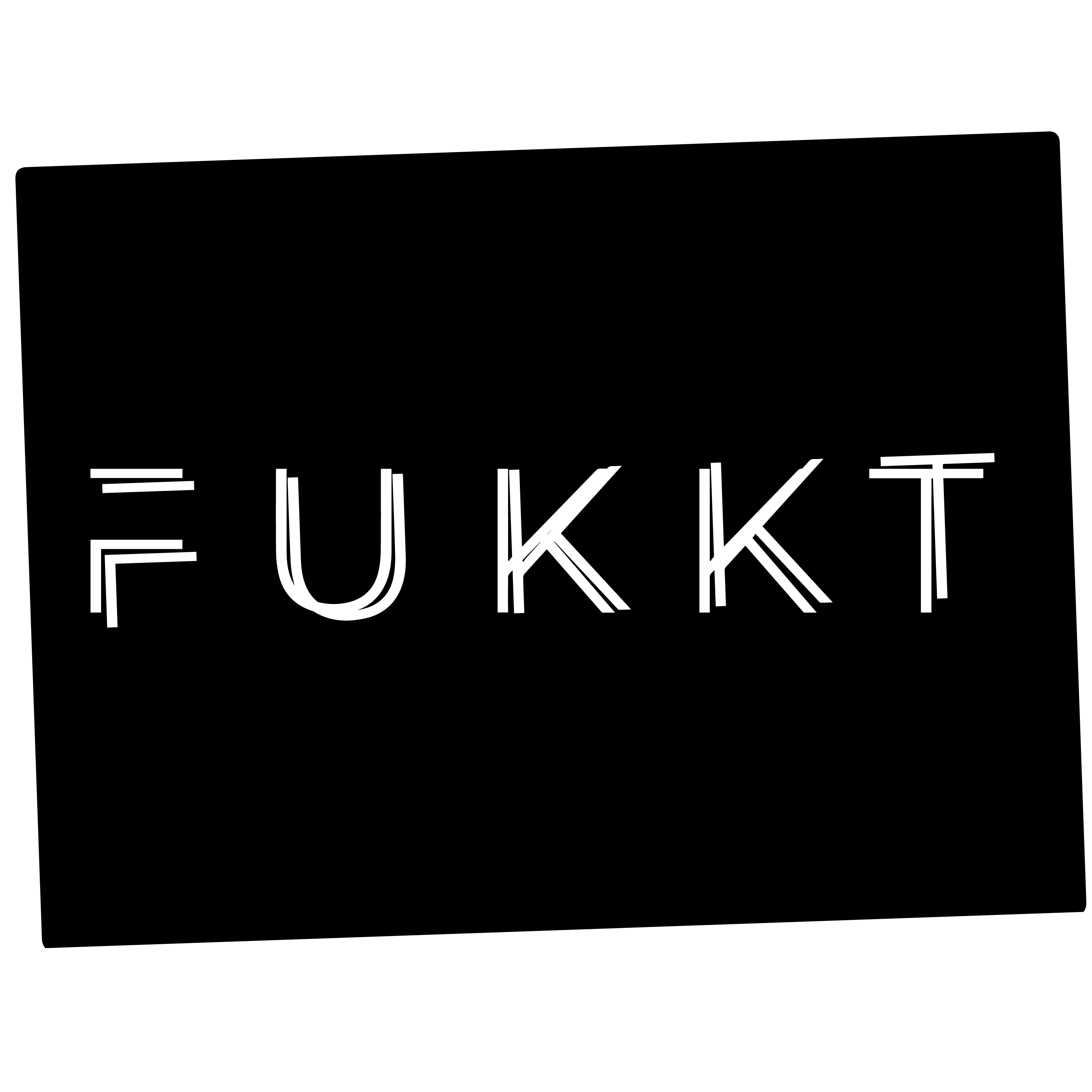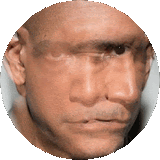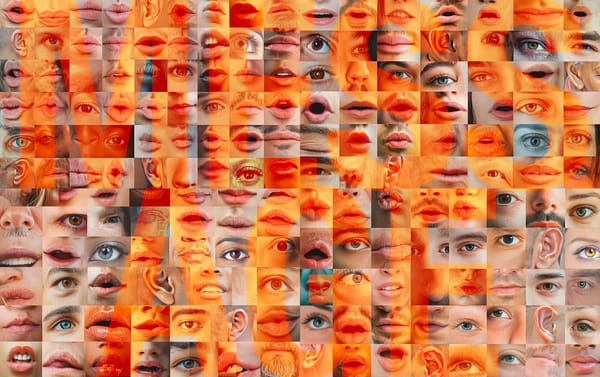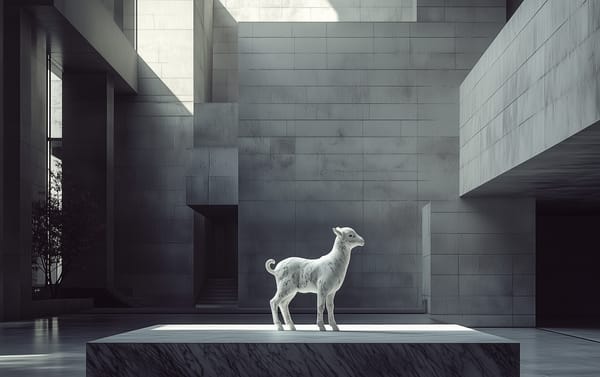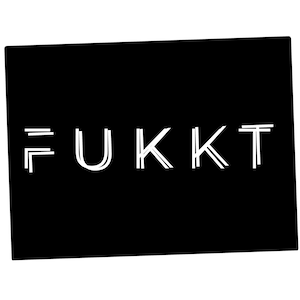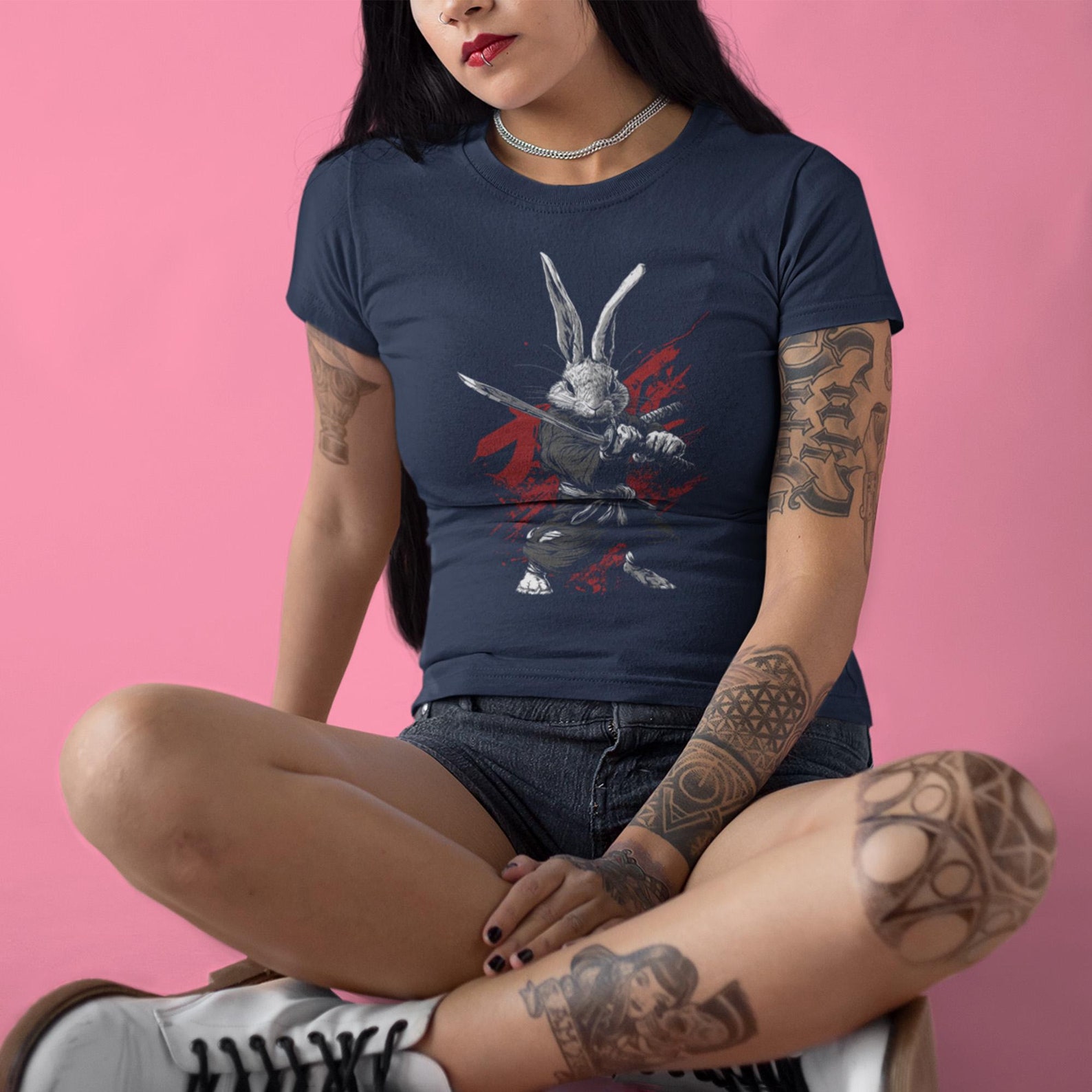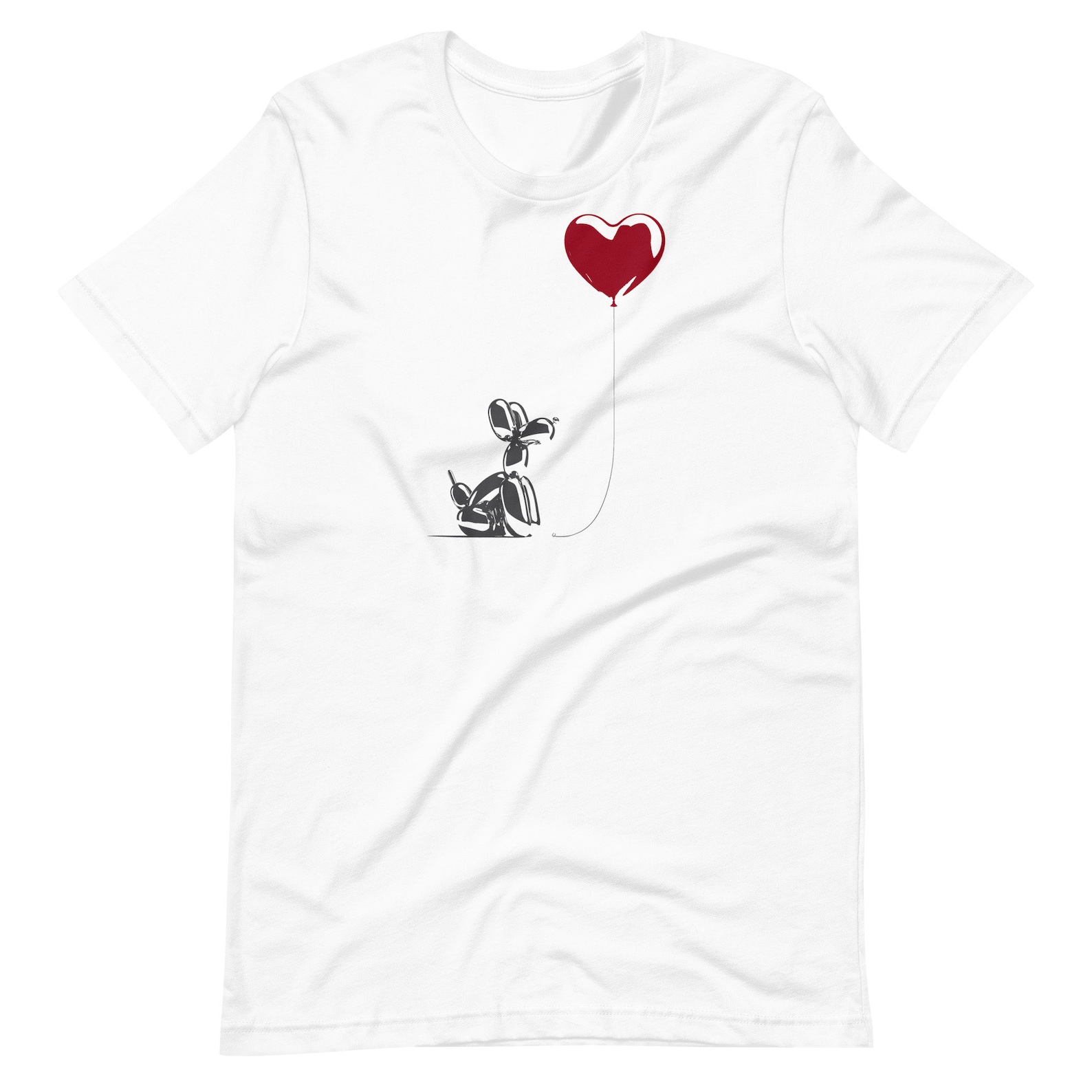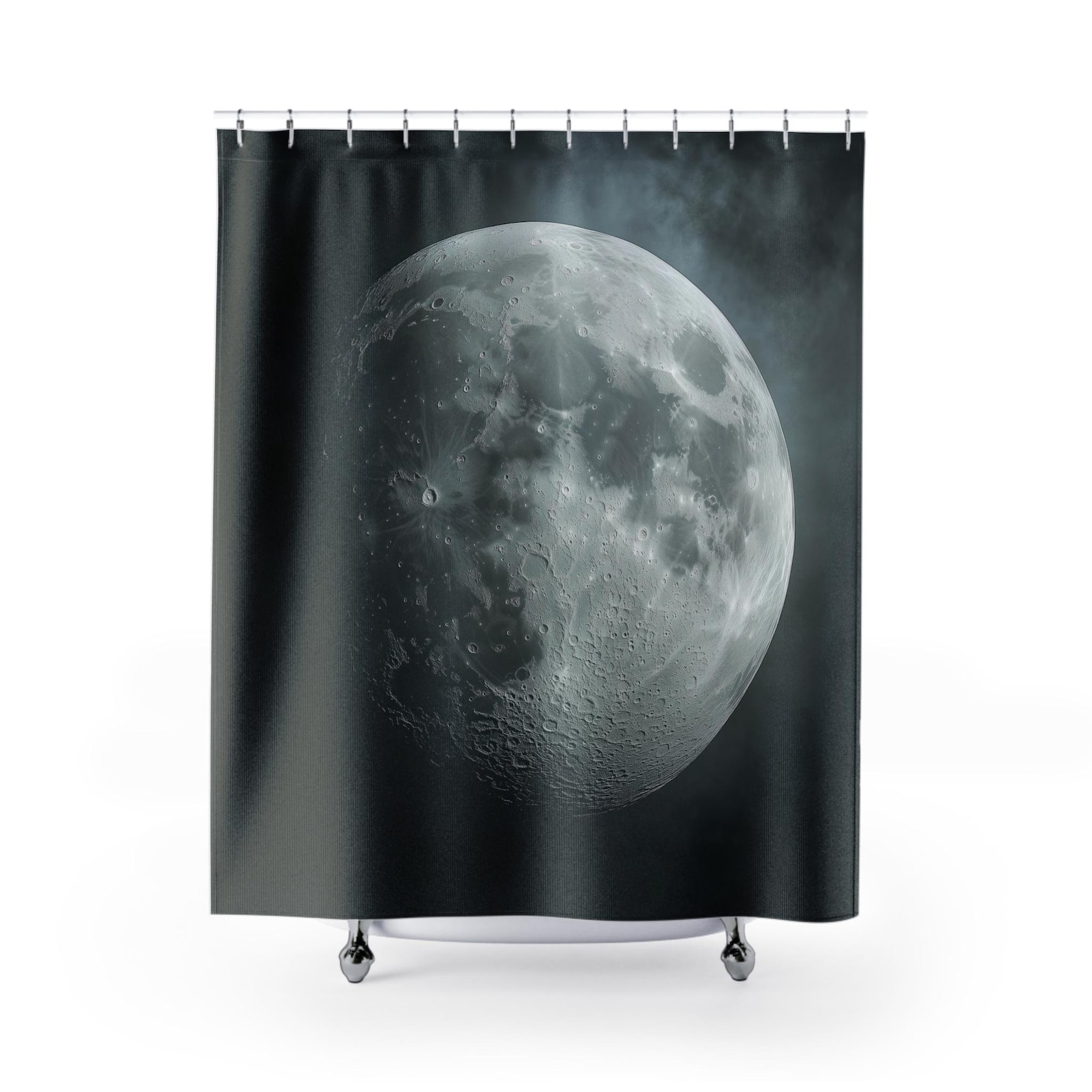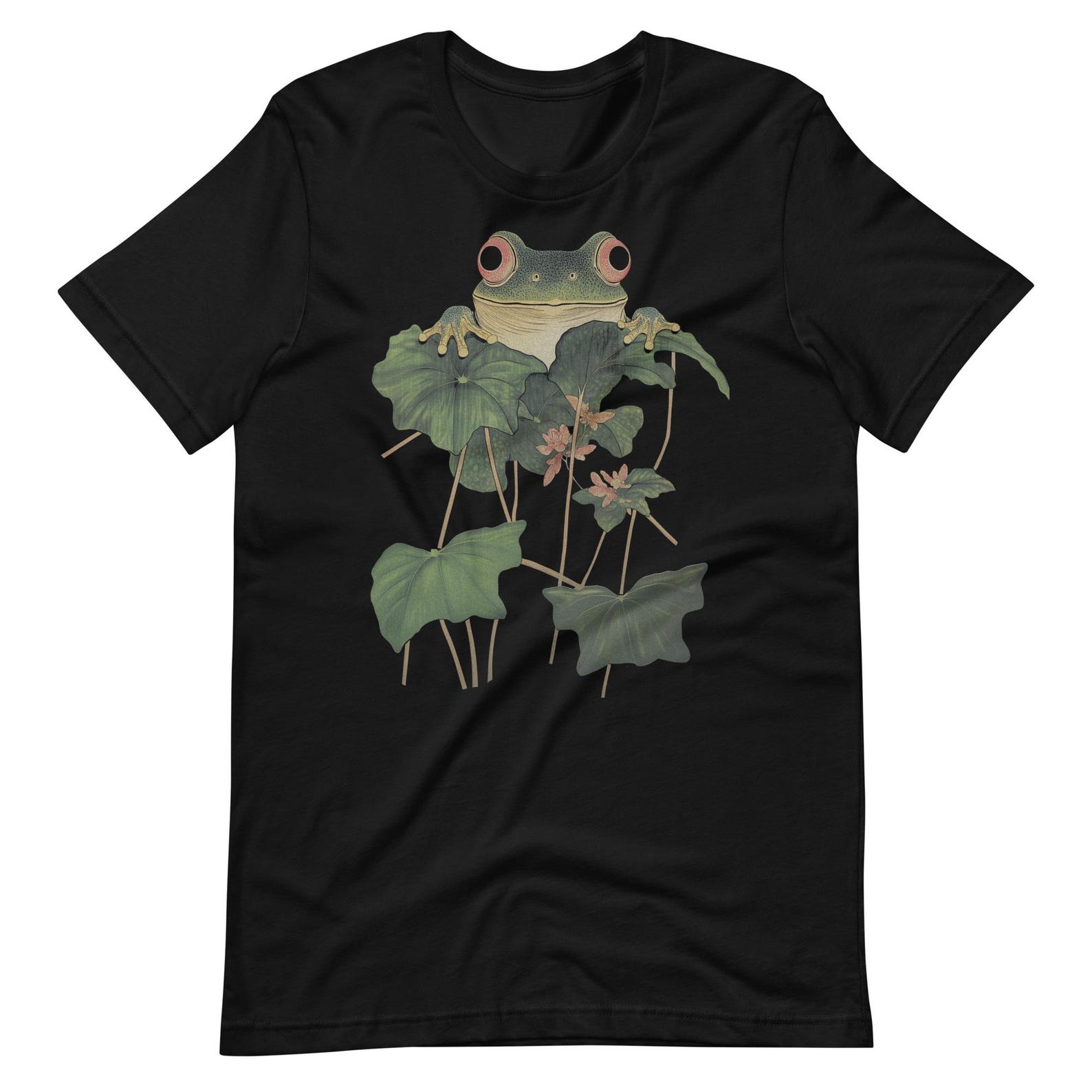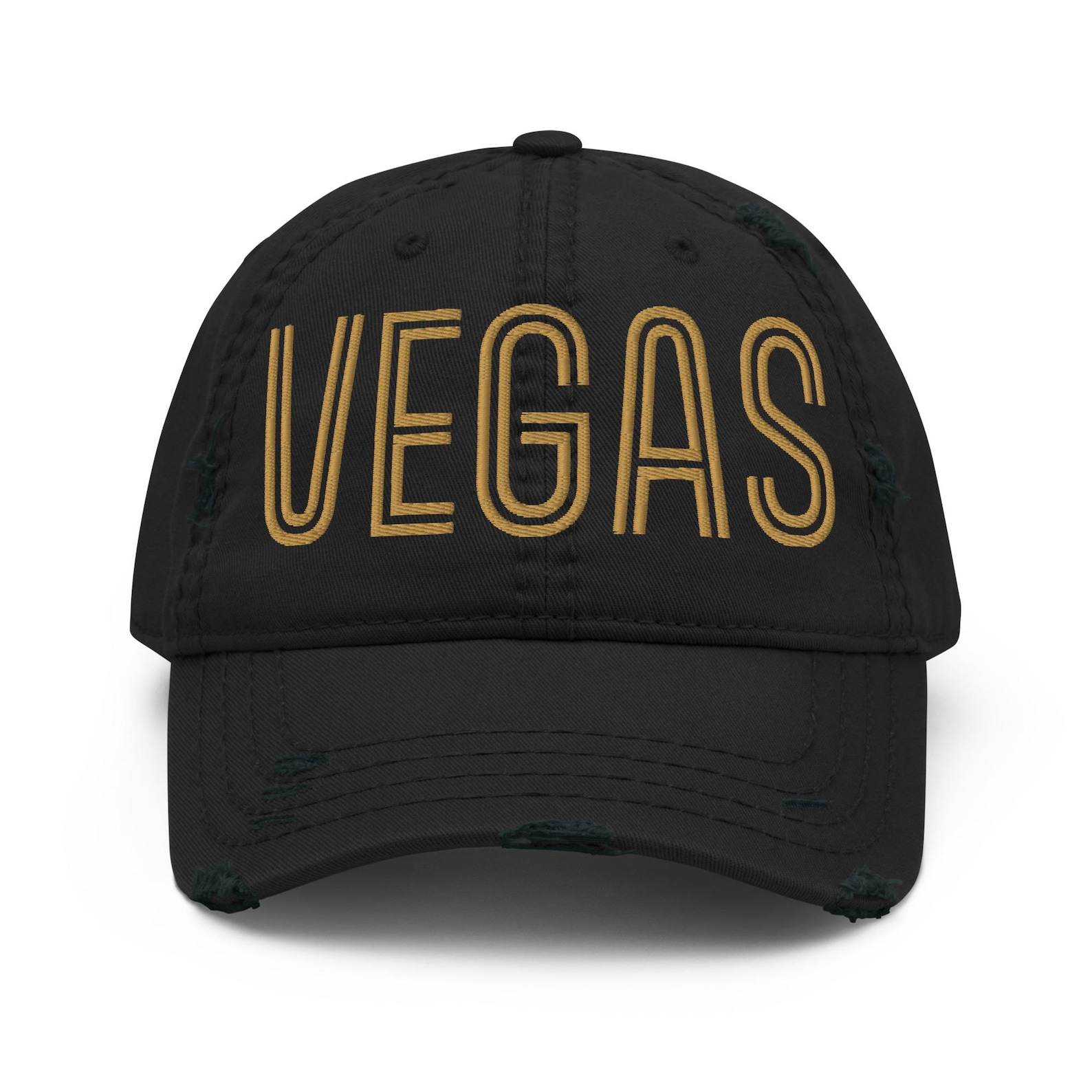Rabbit-Duck Illusion
Spotted as a sculpture behind Milchik’s desk in Severance, the rabbit-duck illusion isn’t just a clever visual—it’s a mind-bending symbol of perception, ambiguity, and creative thinking. Here's how a 19th-century visual pun became a wearable philosophy.
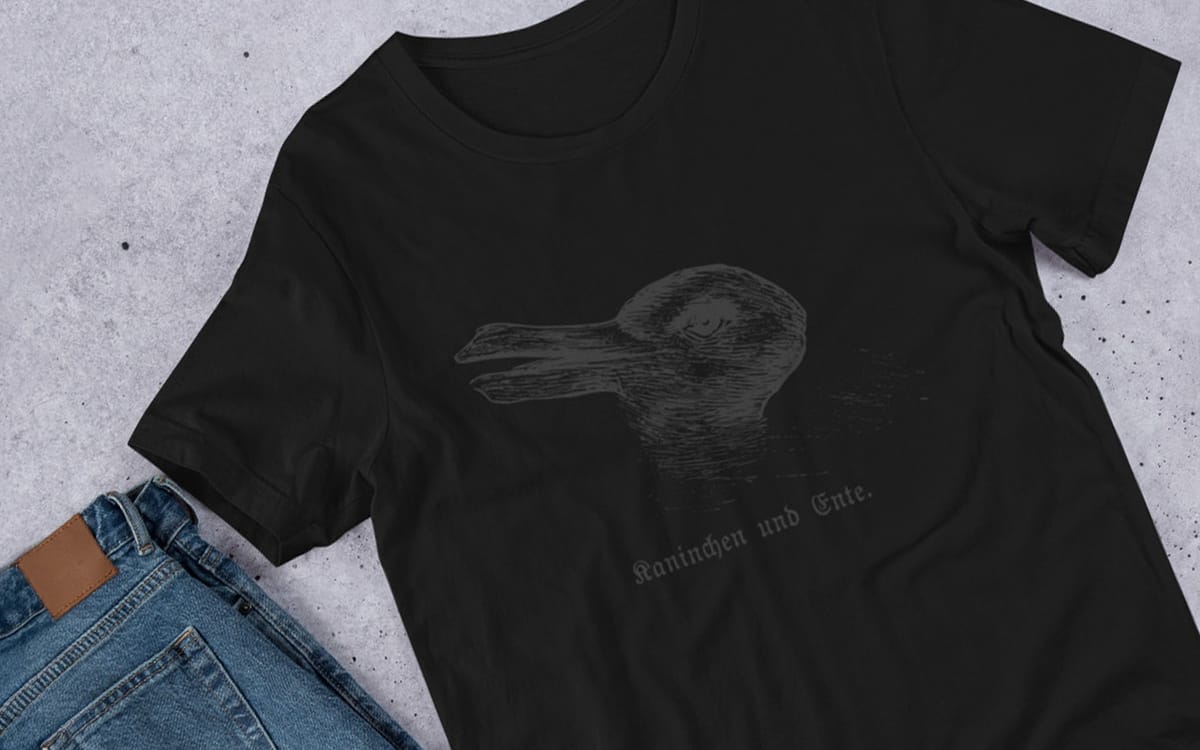
The Ambiguity We Wear (and the One We Live)
Ready to inspire with the duck/rabbit T-shirt?
You may have spotted it as a sculpture behind Milchik’s desk in Severance—that enigmatic optical illusion that seems to quietly say everything and nothing at once.
A black-on-black rendering of the "Rabbit-Duck Illusion" now graces a sleek unisex tee, but its message runs far deeper than clever design. It’s not just about which animal you see. It’s about how you see.
Where it all began
The earliest known version of the duck-rabbit drawing appeared in the German humor magazine Fliegende Blätter on October 23, 1892. Its caption posed a strange riddle—“Which animals are most like each other?”—and then answered with a visual pun: “Rabbit and Duck.” What began as a joke in the margins eventually became a symbol of perception itself.
From joke to philosophy
Psychologist Joseph Jastrow adopted the image to show how we don’t just passively see—we actively interpret. Philosopher Ludwig Wittgenstein later echoed that idea in Philosophical Investigations, using the illusion to distinguish between “seeing that” something exists and “seeing as” something in particular. In other words: the world doesn’t tell you what’s there. You decide.
Artists have been here too
That tension—between what is and what might be—has long been a playground for artists. René Magritte toyed with it in The Treachery of Images, where his famous pipe declared it wasn’t a pipe. M.C. Escher built entire architectures out of paradox, where stairs ascend into themselves (Relativity) and water flows impossibly uphill (Waterfall). Even Salvador Dalí, in his double-image paintings like Swans Reflecting Elephants, played with perception’s fragility—how the same shapes can hold two meanings depending on your gaze. Like the rabbit-duck, these works don’t just depict ambiguity—they trap the viewer inside it.
Perception and creativity
Modern psychologists are still fascinated. In the Creativity and ease of ambiguous figural reversal study, Richard Wiseman and his colleagues found that people who could easily flip between seeing the rabbit and the duck performed better on creative problem-solving tests. Their minds weren’t just open to both images—they were flexible, able to reframe and reimagine on demand.
The illusion, then, isn’t just an image. It’s a challenge.
Can you see both? Can you switch? And what else might change if you did?
What influences what we see
How quickly you flip between the two might reveal something about how your brain is wired. Studies suggest cultural and seasonal influence—the Swiss are more likely to see a bunny around Easter and a duck in autumn. But it goes deeper. In that same study, people who could easily switch between seeing the duck and the rabbit came up with over twice as many uses for a common object (like a paperclip) compared to those who couldn’t flip at all. Perceptual flexibility, it turns out, is tied to creative thinking.
Not trickery—a mirror
This isn’t just visual trickery. It’s a mirror for how we interpret the world.
First comes ambiguity. You stare. Then, snap—your brain chooses one. In most visual illusions, the goal is to discover the “real” image hidden in noise. But the rabbit-duck isn’t like that. There’s no one “correct” answer. The image doesn’t hide meaning—it is the meaning.
The everyday rabbit-duck moment
It’s the moment in a conversation when you realize you're not talking about the same thing. You're not even seeing the same thing. You're duck; they're rabbit. Or maybe you both switched mid-sentence and didn’t realize.
Why it resonates in Severance
In Severance, this sculpture sitting behind Milchik’s desk feels anything but random. In a world where perceptions are surgically divided—innie and outie, self and role, purpose and performance—the rabbit-duck becomes a symbol of double vision. It hints at how we can be two things at once. Or neither. Or something stuck in between.
How to practice seeing both
Start small. Not everything needs to flip from rabbit to duck instantly. But when you catch yourself settling into a single interpretation—of a conversation, a moment, even your own reflection—pause. Ask: what else could this be?
Don’t force ambiguity. It’s not about overcomplicating what’s simple. It’s about loosening your grip just enough to let another perspective in. You might not adopt it. You might not even agree with it. But the ability to hold it, briefly, without panic—that’s the muscle. That’s the flip.
Flex it gently. Like any practice, it strengthens over time. Quietly. Almost invisibly. Until one day, you see the rabbit and the duck—and maybe something else, too, lingering in the negative space.
More than a T-shirt
Wearing the rabbit-duck isn’t just repping a pop culture reference—it’s signaling openness to perceive differently. It’s about seeing the flip, holding space for the paradox, and recognizing that we often confuse clarity with certainty. And maybe that’s where we get stuck.
So yeah. It’s a T-shirt. But it’s also a quiet, wearable philosophy. And maybe that’s everything.
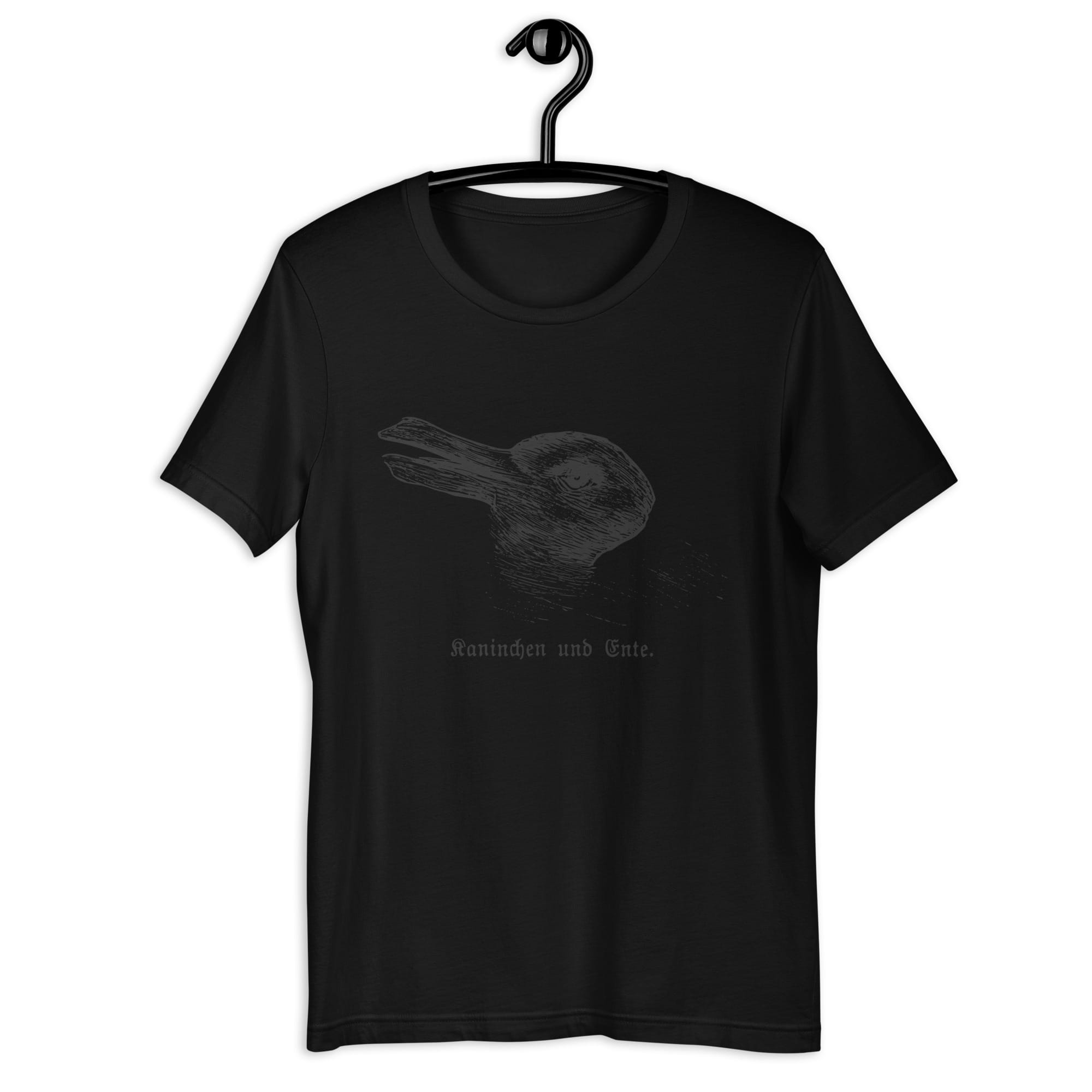
Rabbit-Duck Illusion Tee – Kaninchen-Ente Optical Trick Unisex Black-on-Black T-Shirt
Printed on a 100% cotton premium Bella + Canvas shirt, this tee is soft, lightweight, and pre-shrunk for lasting comfort.
